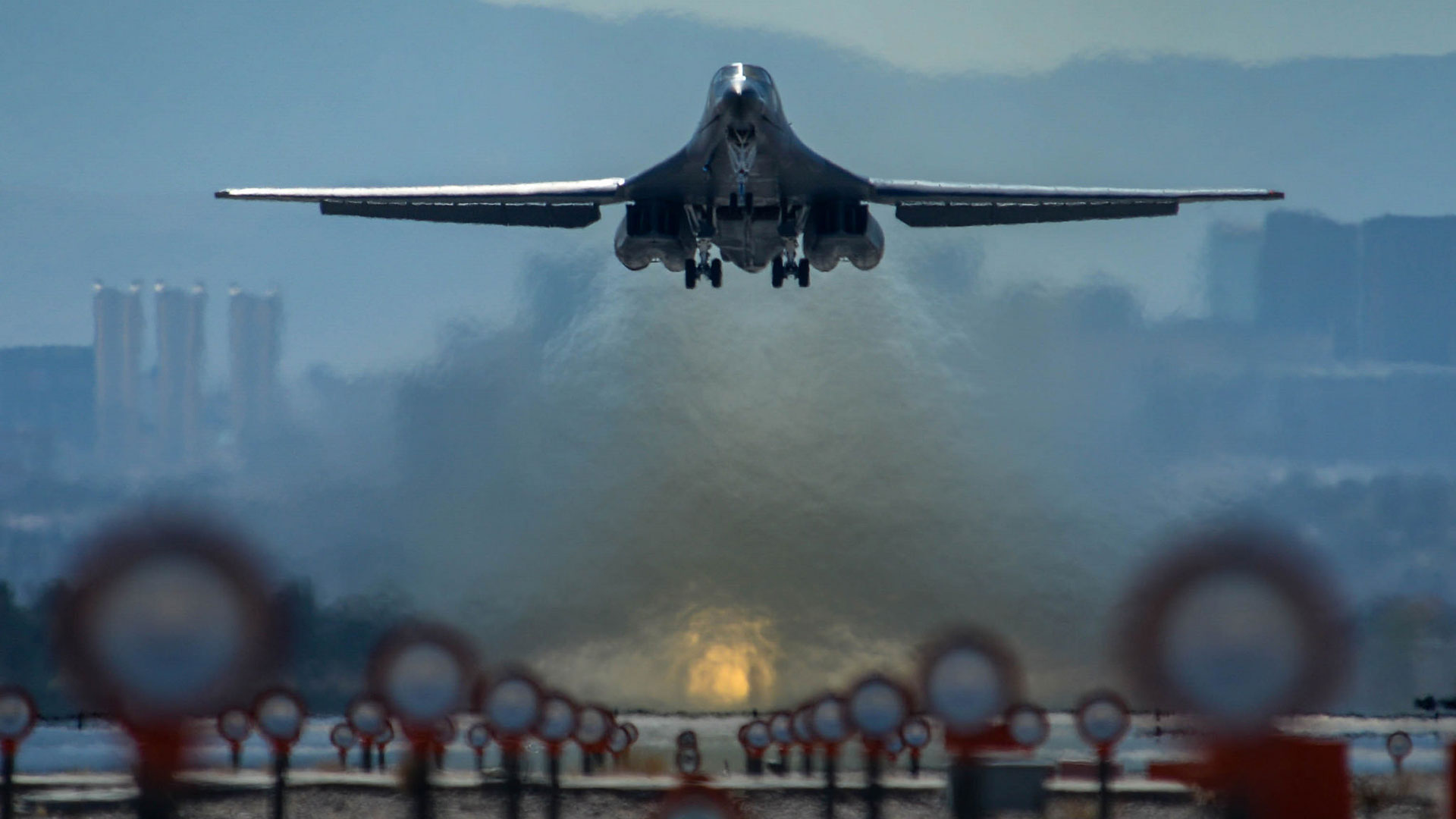

Sandwiched between the unflappable B-52 and the undetectable B-2, the Rockwell B-1 Lancer is the neglected middle child of America’s bomber family. Conceived in the 1960s as a supersonic penetrator that would zip through enemy lines and heave thermonuclear warheads at America’s foes, the B-1 program was cancelled in 1977 in favor of the nascent stealth bomber program. President Reagan dusted the bomber off in 1981 as a stopgap until the B-2 was ready, but there was a twist: the top speed would be dropped from Mach 2.2 to Mach 1.25 as part of a plan to bulk up the plane and make it more lethal at lower speeds.
The resulting bomber, dubbed the B-1B, was effectively obsolete by the time the final example rolled off the production line in 1988; by that point, the U.S. Air Force believed Soviet defenses could knock it out of the sky. But it found a second life in the post-Cold War era—not as a courier of nuclear Armageddon, but as a fast-acting attacker swooping in to save friendly forces. Time and again in Afghanistan, Iraq, Kosovo, and Syria, the B-1B has been called in to provide air support, saving ground troops with its pinpoint attacking precision. And thanks to the B-1B’s speed and range, the Air Force expects it to play a vital role in the U.S. military’s turn towards the Pacific theatre over the next few decades.
And while the B-21 bomber is expected to eventually replace the B-1B, that stealthy wedge won’t be nearly as stylish as the Lancer. Those swing wings are vintage ‘60s cool, while the twin windscreens and pointed nose give it falcon-like aggression. And the B-1B’s sleek body and massive, underslung engines make it the hot rod of the skies.














